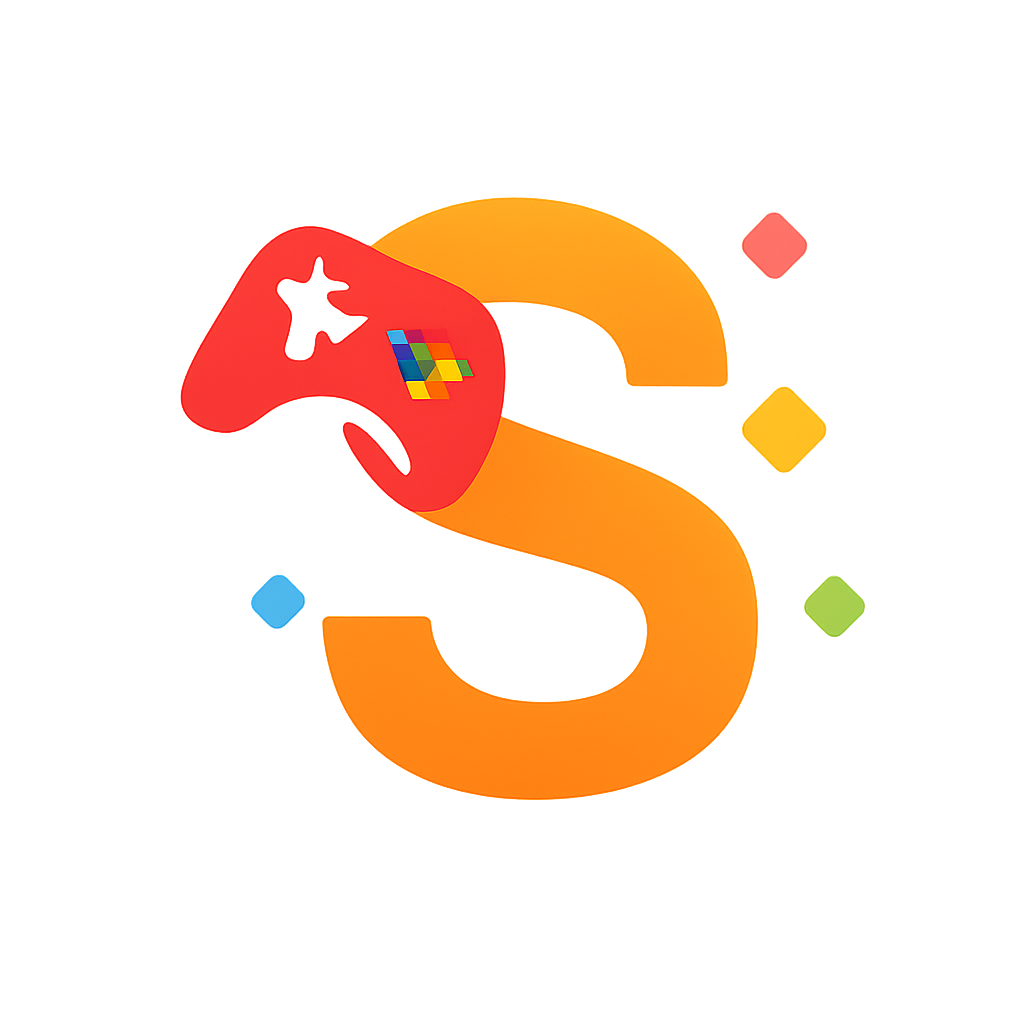The introduction of HTML5 in 2014 marked a revolutionary moment in the history of web development and gaming. This new standard brought with it capabilities that transformed the way we think about browser-based entertainment, opening up possibilities that were previously unimaginable.
The Canvas API: A Game Changer
The Canvas API was perhaps the most significant addition to HTML5 for gaming. This powerful 2D drawing API allows developers to create dynamic, interactive graphics directly in the browser. Unlike previous technologies that relied on plugins, Canvas works natively in all modern browsers.
WebGL: Bringing 3D to the Browser
WebGL brought hardware-accelerated 3D graphics to the web, enabling developers to create stunning 3D games that run directly in the browser. This technology opened up a whole new dimension of gaming possibilities, from simple 3D puzzles to complex multiplayer experiences.
Audio API: Rich Sound Experiences
HTML5's Web Audio API revolutionized sound in browser games. Developers can now create complex audio experiences with multiple sound sources, real-time audio processing, and spatial audio effects that enhance immersion.
Performance Improvements
- Hardware acceleration: Leverages GPU power for better performance
- Optimized rendering: More efficient graphics processing
- Better memory management: Reduced memory usage and improved stability
- Faster loading: Optimized asset loading and caching
Cross-Platform Compatibility
One of HTML5's greatest strengths is its universal compatibility. Games built with HTML5 work seamlessly across desktop computers, tablets, and smartphones, providing a consistent experience regardless of the device.
The Impact on Game Development
HTML5 democratized game development by lowering the barriers to entry. Independent developers can now create and distribute games without the need for expensive development kits or complex distribution channels.
Key HTML5 Features for Gaming
- Canvas API for 2D graphics
- WebGL for 3D graphics
- Web Audio API for sound
- WebSockets for real-time communication
- Local Storage for game saves
- Touch events for mobile gaming
Looking to the Future
As HTML5 continues to evolve, we're seeing new technologies like WebAssembly and WebGPU that promise even more powerful gaming experiences. These advancements will further blur the line between browser games and traditional desktop applications.
HTML5 didn't just revolutionize online gaming—it redefined what's possible on the web. Today's browser games rival the quality and complexity of traditional games, and this is just the beginning of what's possible with web technologies.
